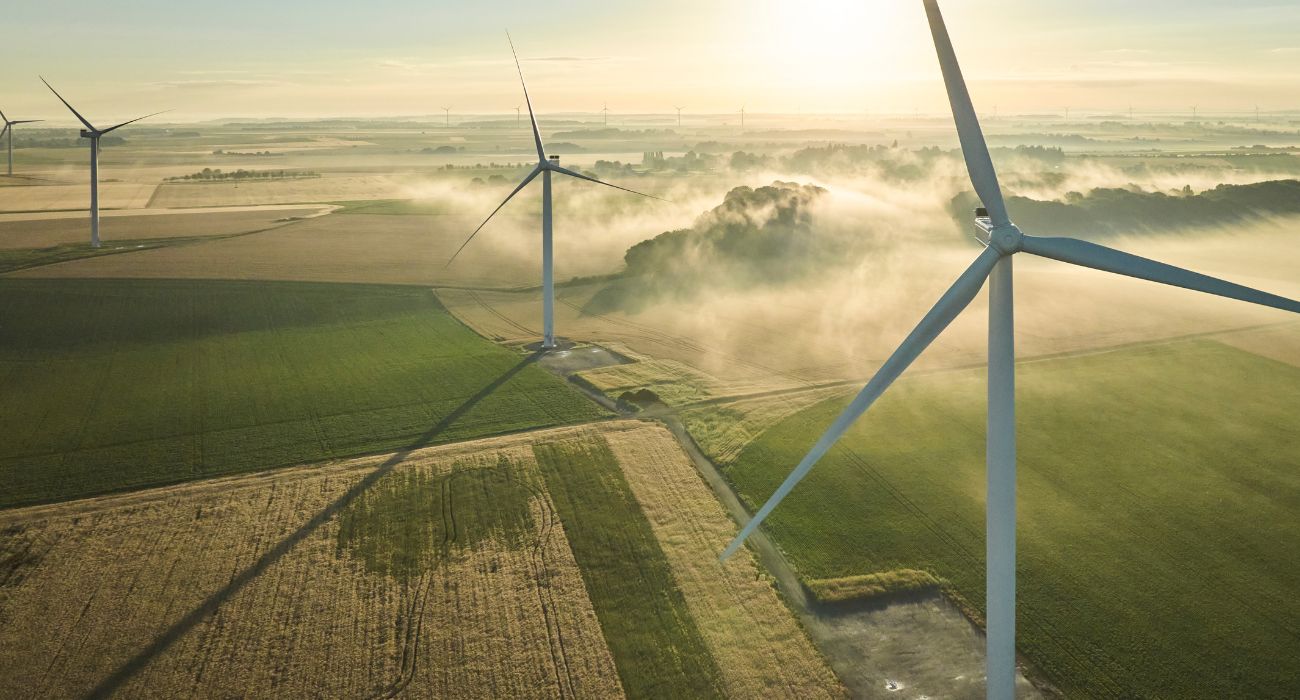Texas Parks and Wildlife Department is set to add three new state parks to its repertoire thanks to a legislative change that made public-private partnerships possible.
In 1993, state lawmakers passed a law that allowed the allocation of up to 94% of the money generated by the sporting goods sales tax to TPWD and up to 6% to the Texas Historical Commission.
Yet, since these allocations were discretionary, the following state legislative sessions curtailed them significantly. In the case of TPWD, just about $1 billion made it to its budget for park maintenance and expansion out of the roughly $2.5 billion generated by the tax.
This changed in 2019 when Proposition 5 passed and locked this tax revenue for the use of TPWD and THC only.
“Thank you, Texas!” wrote TPWD on its website in response to the vote. “This funding will help secure the future of local parks, state parks, and historic sites for generations to come.”
In the past few years, several improvements have been made to existing parks.
Fort Boggy State Park, located between Dallas and Houston on I-45, got new cabins and a trail bridge. Repairs were also made to its wastewater treatment plant.
Lake Livingston State Park is undergoing repairs and upgrades to its marina area, including its fishing pier. Located outside of Houston, Lake Livingston is one of the largest lakes in the state and is home to a great number of white bass.
The scenic Palo Duro Canyon State Park is located south of Amarillo and has just become more comfortable for visitors. TPWD has built 20 campsites, a restroom with showers, an indoor group hall, six bridges, and an HQ building.
But the big news is that the combination of private land donations and state investments has allowed for the development of three new parks, per The Dallas Morning News.
These new additions are crucial because they help preserve some of Texas’ most beautiful and pristine lands. Private donors can help with funding, while the state can provide resources and expertise.
Albert and Bessie Kronkosky State Natural Area
In two years’ time, the Albert and Bessie Kronkosky State Natural Area is located on the Edwards Plateau in the Texas Hill Country. In 1946, the Kronkoskys began purchasing the property north of San Antonio, which covers both Bexar and Kendall counties.
By 1973, they were using the 3,814-acre ranch to entertain guests and go hunting.
The couple bequeathed the land to the state to safeguard it from development, with TPWD accepting the donation in 2011.
Unspoiled by development, the land has become home to several endangered and rare species of plants and wildlife, including the big-toothed maple and the golden-cheeked warbler.
The land will one day be open to hikers, mountain bikers, and campers, but preparing the land for visitors requires special attention paid to preserving its natural splendor.
Palo Pinto Mountains State Park
Situated between Fort Worth and Abilene, TPWD expects to open the Palo Pinto Mountains State Park by the end of 2024, with a soft opening later this year, per the DMN.
As The Dallas Express previously reported, this former ranch of nearly 4,900 acres came partially under TPWD’s ownership in 2011. Since then, a great deal of work is being put in to establish a network of paths and routes for all kinds of outdoor recreation.
A number of RV sites and campsites will also be put in, as well as picnic areas and playgrounds.
Visitors will be able to enjoy spectacular views of vistas, canyons, and the 90-acre Tucker Lake.
While motorboats will not be allowed on the lake, other water recreational activities like fishing or swimming will be permitted.
Powderhorn Ranch State Park
About 150 miles southwest of Houston, the Powderhorn Ranch State Park is under development along Matagorda Bay.
It was formerly the 17,351-acre Powderhorn Ranch, which TPWD purchased in 2014 in large part thanks to conservationist groups.
The plot is characterized by forests of live oak, freshwater and brackish wetlands, and coastal tallgrass prairie, which is currently being restored over overgrazing by cattle.
While the park will span 2,500 acres, a wildlife management area of nearly 15,000 acres is nestled nearby, per the DMN.
TPWD officials expect the park to open within the next decade. In the meantime, the wildlife management area is open on certain days to groups wishing to hunt white-tailed deer or feral hogs, as well as to bird watch, per its website.






